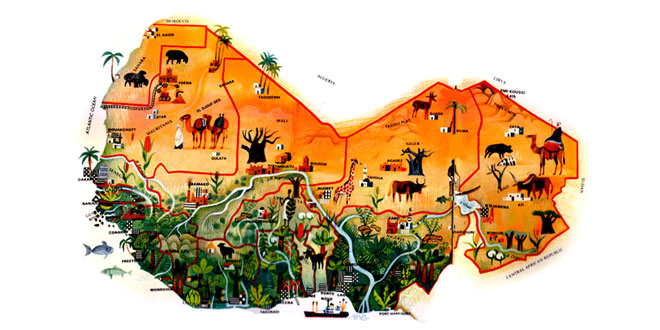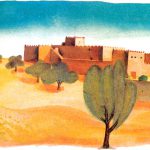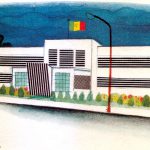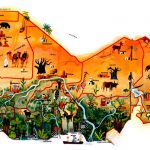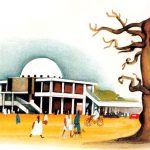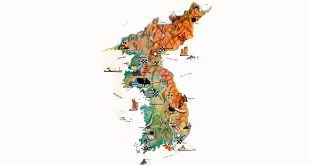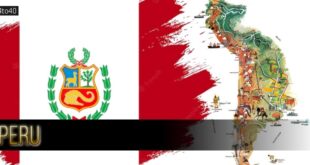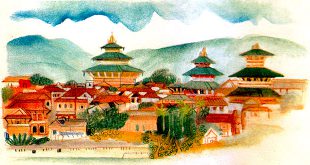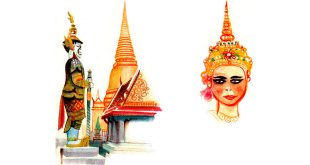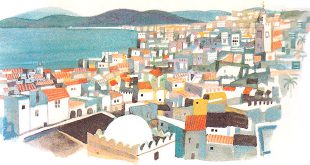Capital: Bamako
Location: Landlocked state of north-western Africa bordered by Algeria, Niger, Upper Volta, Ivory Coast, Guinea, Senegal and Mauritania
Area: 1,240,000 sq km
National composition: Bambara, Mandingo (Malinke), Songhai, Tuaregs and other ethnic groups
Religion: Islamic
Official language: French
Currency: West African CFA Franc
Administrative divisions: Since 2016, Mali has been divided into ten regions and one capital district.
Other major cities: Mopti
Chief rivers: Senegal, Niger
Climate: Hot and dry in the north, abundant rainfall in the south
Mali’s characteristic table mountains (or mesas) descend to the lowlands of the River Niger. The northern part of the country is desert, while the south is bushy savanna.
Agriculture is concentrated in the valley of the Niger which has several channels here. The chief cash crops are cotton, maize, groundnuts, manioc and yams.
Sheep and goats are raised although the Tuaregs also raise cattle. Some livestock is exported.
Mali has deposits of phosphates, manganese and iron ores, gold, rock salt and marble. The industry is mostly concerned with food processing, but there is also some engineering (assembly of television sets and bicylces, etc.)
The country has several major roads and a single railway line connecting Bamako and the port facilities at Dakar in Senegal.
 Kids Portal For Parents India Kids Network
Kids Portal For Parents India Kids Network
